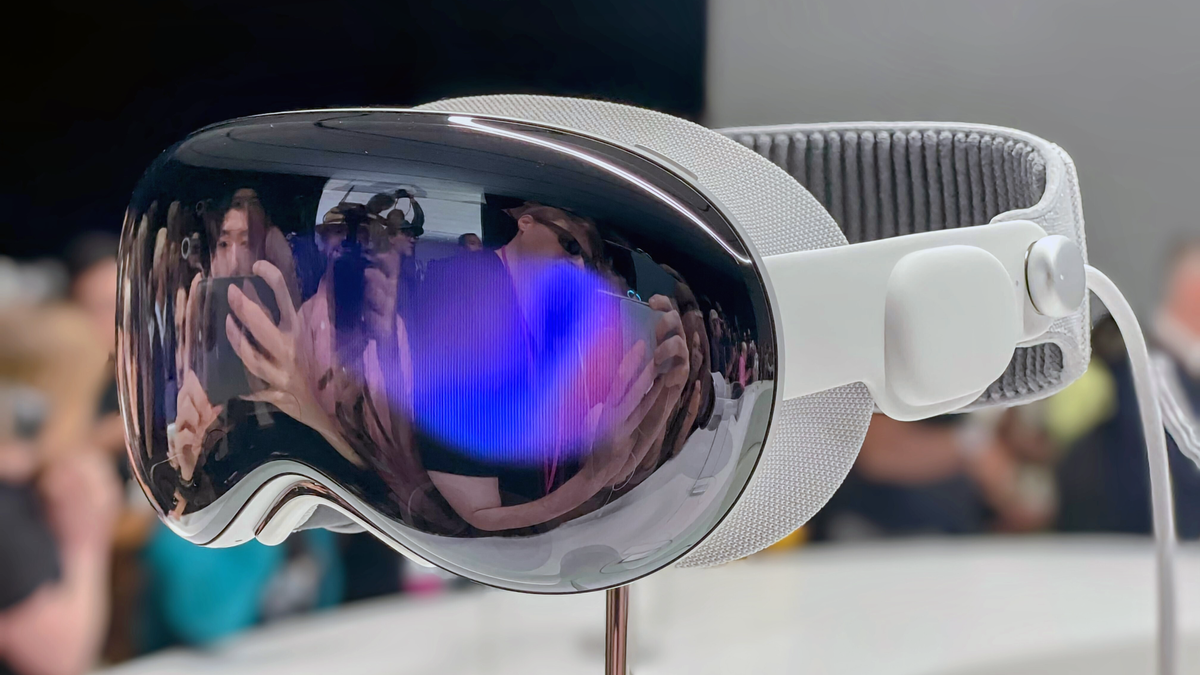
Apple provided early Vision Pro units to some mainstream news outlets and YouTubers, and the review embargo was for today.
My editor Ian Hamilton has already been hands-on with Apple Vision Pro twice, once just after its announcement at WWDC 2023 and again a few weeks ago. You can read his impressions from both demos here:
Apple Vision Pro Hands-On: Way Ahead of Meta In Critical Ways
Apple Vision Pro is the real deal. This is the future of personal computing. Our first hands-on report:
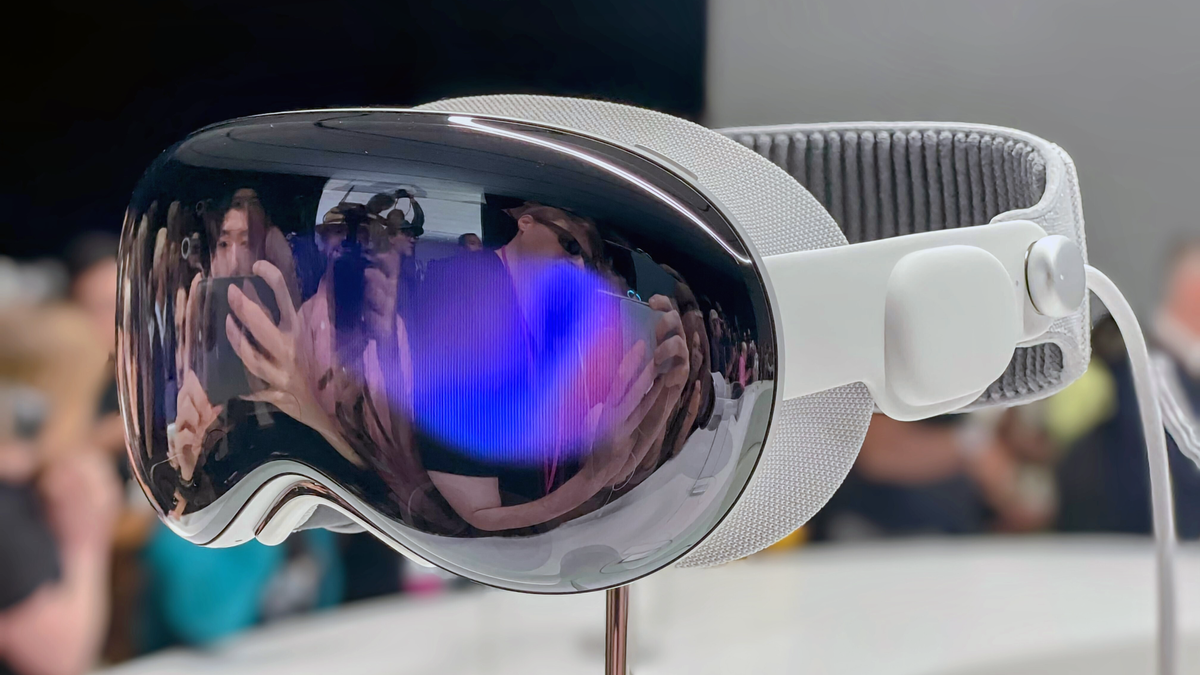
Apple Vision Pro: The Digital Crown Tunes Your Reality
Turning Apple Vision Pro’s Digital Crown is a bit like tuning your reality. Read our hands-on impressions from our second demo here:

UploadVR was not provided a Vision Pro review unit by Apple, but we did order our own for launch day. Ian will be picking it up on Friday, and myself and our manager Kyle Riesenbeck will join him on Saturday. I then plan to fly the Vision Pro back to the UK for a full review.
In the meantime, you can read (or in most cases watch) the reviews from these news outlets:
Or you can watch the reviews of these YouTubers:
Don’t have time to trawl through all of those reviews? Don’t worry, we have you covered. Here’s some of what they said:
The Good
The Displays Are Incredible
The Verge said Vision Pro’s near-4K OLED microdisplays “look generally incredible — sharp enough to read text on without even thinking about it, bright enough to do justice to movies. Apple calibrates them for color at the factory so they are also vibrant and color-accurate without looking oversaturated or blown out. They are so small, but they work so well that they seem huge.”
CNET called the displays “vivid, richly colored, HDR and just stunning. Not only is it good enough for movies – something Apple is touting constantly – but it’s better than any TV in my house.”
The Passthrough Is Mostly Great
Ian reported in his hands-on time, Vision Pro’s passthrough is so good that in ideal conditions it rivals transparent optics, and the reviewers agree.
The Verge described it as “an astonishing engineering achievement to do all of this in real time, at high resolution, in a computer that fits over your eyes”.
The Wall Street Journal’s Joanna Stern really put the passthrough through its paces. As well as using it to cook, finding that placing virtual timers above food was useful and unique to spatial computing, she even briefly wore it while skiing to verify just how low the latency is – just 12 milliseconds from the camera exposure to hitting your eyes.
However, Apple Vision Pro’s passthrough still doesn’t match a transparent optic in some ways – see The Bad below for more.
Multitasking Is Revolutionary
While Meta Quest only lets you position 2D web apps or sideloaded Android apps in two predetermined triple-screen configurations, the reviewers praised the freedom of visionOS which lets you place as many windows as you want wherever you want, including a mirror of your Mac display, iPad apps, and visionOS apps that support the Shared Space.
Video from The Verge of visionOS multitasking.
The Verge did note that this could be overwhelming for mainstream users, but praised the freedom it will give enthusiasts to build the exact workspace they want.
The Bad
Accidental & Missed Inputs Can Be A Problem
Vision Pro introduces a radical new interaction paradigm. Your eyes are the cursor and a pinch from your fingers is the click.
While most of the reviews described this system as feeling like “magic”, The Verge found the eye tracking and hand tracking isn’t always perfect:
“visionOS feels also designed for an eye tracking system that’s just slightly more precise than it actually is — a lot of controls are just a little too small and a little too close together to let you quickly bop around the system. You have to look, make sure you’re looking at the thing you want, and then tap, or you might end up clicking on the wrong thing. Sometimes the fastest way to select what you want is to look away entirely and try again.”
“It’s not a given that the Vision Pro can always see your hands, either. There’s a pretty large bubble around the front of your body where the cameras can see your hands — it basically extends the length of your arms in a semicircle around the front of your body. But if you lean back in a chair with your arm at your side, it can’t see your hand. If you’re sitting at a table and your hands are on your legs, it might not see your hands. If you’re lying down in a dark room and the IR illuminators can’t reach your hands, the cameras might not be able to see them. If you’re simply standing up with your arms at your sides, it might not be able to see your hands if they drift too far backward.”
The Lens Field Of View & Clarity Is Worse Than Quest 3
While you might expect the $3500 Vision Pro to be superior to the $500 Meta Quest 3 in every primary specification, the one it seems to be inferior in is the lenses.
The Verge reports that Vision Pro’s field of view is “certainly smaller” than Quest 3.
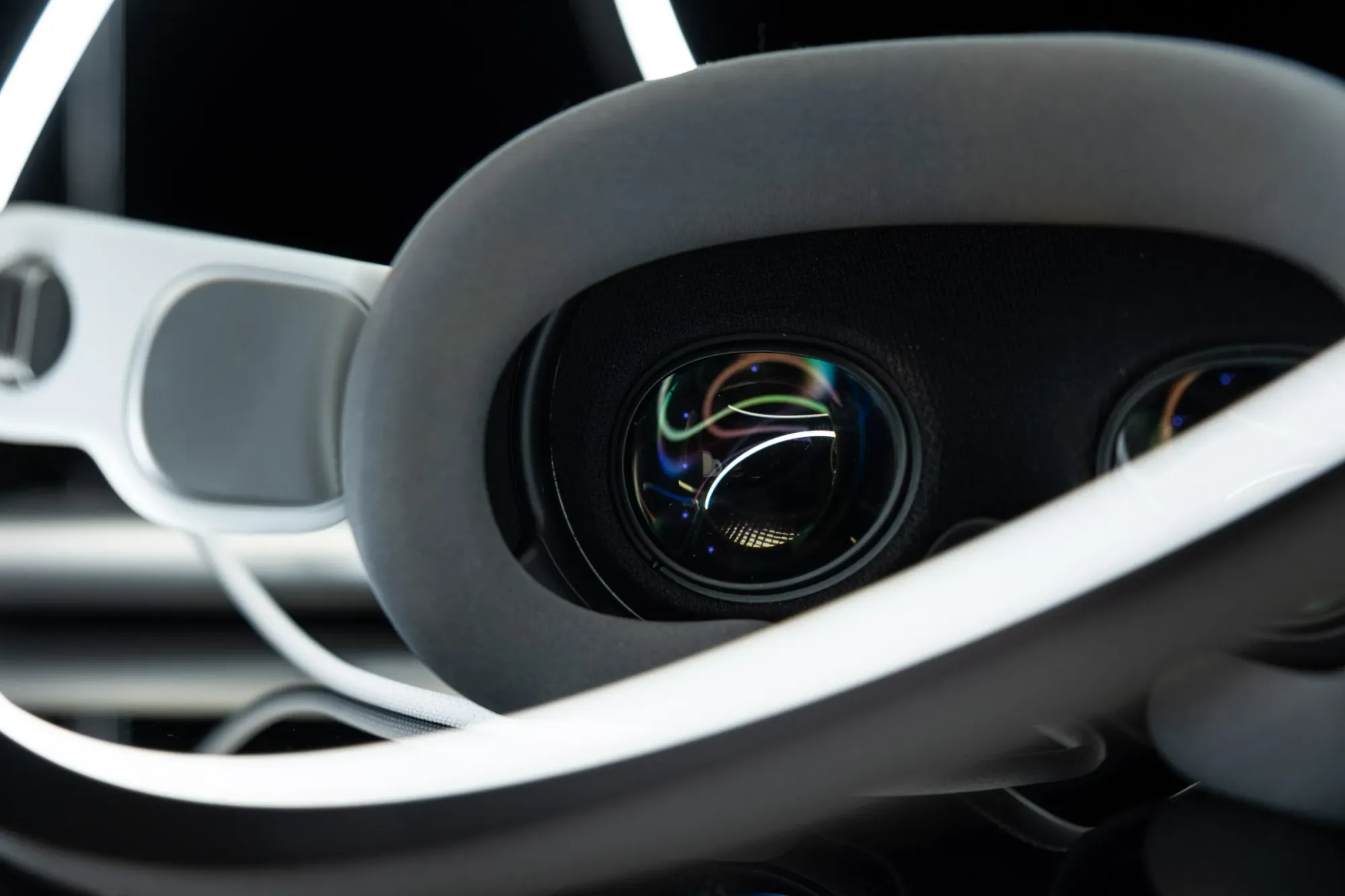
Worse, they say Vision Pro’s lenses are “not sharp edge to edge”, and have “a little bit of color fringing, distortion, and vignetting around the edges of the lenses, which shrinks the usable field of view even more”.
In comparison, we strongly praised Quest 3’s expanded field of view over Quest 2 and almost complete edge-to-edge clarity in our review.
Comfort Is Bad With The Default Strap
Two different head bands come in the box, the Solo Knit Band and the recently announced Dual Loop Band.
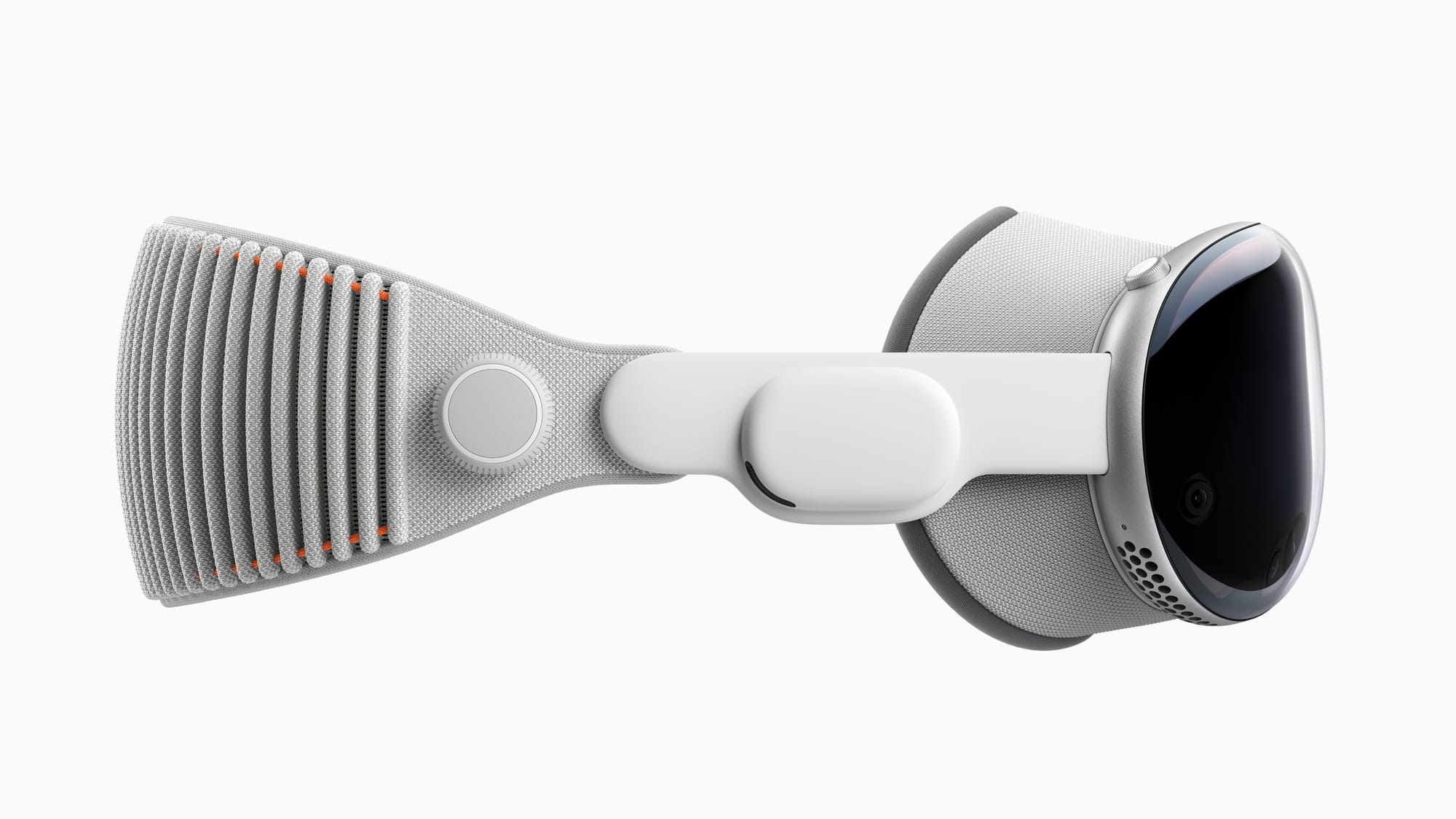
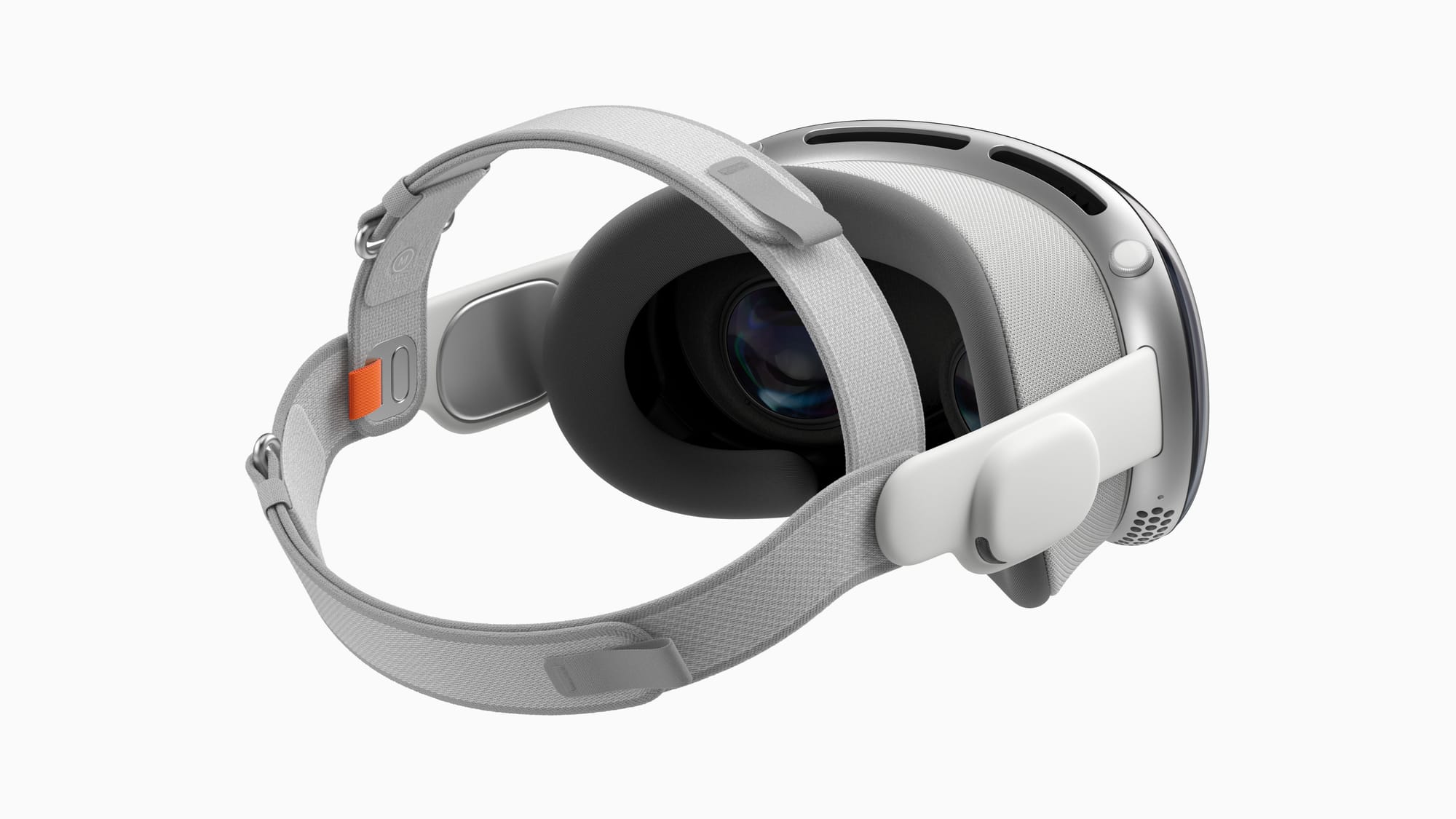
Solo Knit Band (left) and Dual Loop Band (right)
Most of the reviewers agreed that the Solo Knit Band isn’t comfortable for anything other than very short duration sessions, while the Dual Loop Band much better supports the headset’s weight.
Passthrough Isn’t Perfect
While the reviewers all agree the passthrough is incredible in the right lighting, as with all cameras the performance will decrease as less light is available.
The Wall Street Journal’s Joanna Stern said in low light she “couldn’t read things with smaller print” and couldn’t see pepper coming out of a shaker. She also said low light reduced the color accuracy.
The Verge’s Nilay Patel noted that while he could easily use his iPhone in good lighting, as the sun set the iPhone screen “got noticeably blurrier”.
Patel also pointed out that Vision Pro’s passthrough has motion blur when moving your head, its displays can only show around 50% of the colors your eyes can see, and the exposure time can lead to issues like seeing a flickering clock display on a microwave.
None of these issues are unique to Vision Pro, and all the reviewers agree it’s noticeably superior to Quest 3’s passthrough, lacking any warping for example and having 60% higher resolution, but these issues do show the limitations of camera passthrough with today’s technology – even at $3500.
The Ugly
EyeSight Is Dim And Blurry
Apple described making sure that you’re “never isolated from the people around you” as one of its “foundational design goals” for Vision Pro, and the company sees it as a clear differentiator from other opaque headsets like Meta Quest.
EyeSight on Apple Vision Pro
While that sounds like a noble goal, the reviews make clear that Apple’s execution of EyeSight has fallen flat. The front display is apparently dim and extremely low resolution, and the glass is so reflective it makes it hard to see through it in regular or bright lighting. Further, the parallax effect from the lenticular is only on the horizontal plane, so the effect doesn’t really work when you’re looking down or up at the wearer.
It’s possible Apple or Meta will deliver a compelling implementation of reverse passthrough in a future product. But for now, Vision Pro clearly doesn’t.
Personas Are Uncanny
EyeSight is Apple’s way to keep you connected to others in the room, while Personas are how you connect to others not physically present. They’re generated by holding the headset in front of you to scan your face, then driven in realtime by the internal face and eye tracking sensors.
Reactions to Personas seem to vary more than any other Vision Pro feature. YouTubers iJustine and Brian Tong were mostly impressed, with iJustine describing it as “pretty good” and Tong giving it a “nine out of ten”.
MKBHD had a more mixed review, calling it “both really impressive and really bad at the same time”.
The Wall Street Journal’s Joanna Stern on the other hand said her Persona looked like “a memory from a nightmare”, and cited impressions from iPhone FaceTime users who said her persona looked “awful”. Tom’s Guide felt like it was deep in the uncanny valley.
The Verge’s Nilay Patel found the experience of Personas so disappointing he simply quit the FaceTime call saying “It’s like hard to have this conversation right now – that’s what I will say about this”.
It should be noted that Personas are still in Beta, so the software driving them could significantly improve in coming months. We’ve been hands on with Meta’s research “Codec Avatars” that truly cross the uncanny valley and look almost exactly like you’re speaking to a real person, but it’s unclear whether Meta can actually ship this experience in products any time soon.
The Conclusions
CNBC:
“Apple’s real opportunity will materialize when it finds a way to mass produce the Vision Pro at closer to $2,000, or less. Until then, it may be a niche product. But the experience blows everything else out of the water. It’s Apple’s most exciting product in years and it’s the best example yet that this will become a new way of computing.”
The Wall Street Journal:
“Apple’s headset has all the characteristics of a first-generation product: It’s big and heavy, it’s battery life sucks, there are few great apps and it can be buggy. And come on, have you seen what this thing thinks I look like?
Yet so much of what the Vision Pro can do feels sci-fi. I’m flicking apps all over my home office. I’ve got multiple virtual timers hovering over my stove. I’m watching holograms of my kid petting a llama. It’s the best mixed-reality headset I’ve ever tried, way more advanced than its only real competition, the far cheaper Meta Quest Pro and Quest 3.”
CNET:
“Do I believe in the destination of this mixed reality future? Yeah, I’ve been writing about it for 10 years. I can see it coming. Apple Vision Pro is a moment where the ecosystems are starting to finally arrive, the hardware is hitting levels of audiovisual quality that are truly remarkable and input systems are being reinvented. It’s an exciting time, and Vision Pro won’t be the only product in this landscape. However, it’ll likely be the most influential since the Oculus Rift.
That said, it’s clearly not a device you need to get on board with now. The Mac debuted 40 years ago this month, a coincidence that Apple seems well aware of. The Mac was the birth of modern computing, but few people had the first Mac.”
The Verge:
“The Vision Pro is an astounding product. It’s the sort of first-generation device only Apple can really make, from the incredible display and passthrough engineering, to the use of the whole ecosystem to make it so seamlessly useful, to even getting everyone to pretty much ignore the whole external battery situation.
But the shocking thing is that Apple may have inadvertently revealed that some of these core ideas are actually dead ends — that they can’t ever be executed well enough to become mainstream. […] I don’t want to get work done in the Vision Pro. I get my work done with other people, and I’d rather be out here with them.”
Tom’s Guide:
“The Apple Vision Pro is easy to scoff at because of its price. And I definitely can’t afford one at $3,500. But now that I’ve been wearing one and testing all its features, I would argue that it’s the most innovative Apple product since the original iPhone.”






